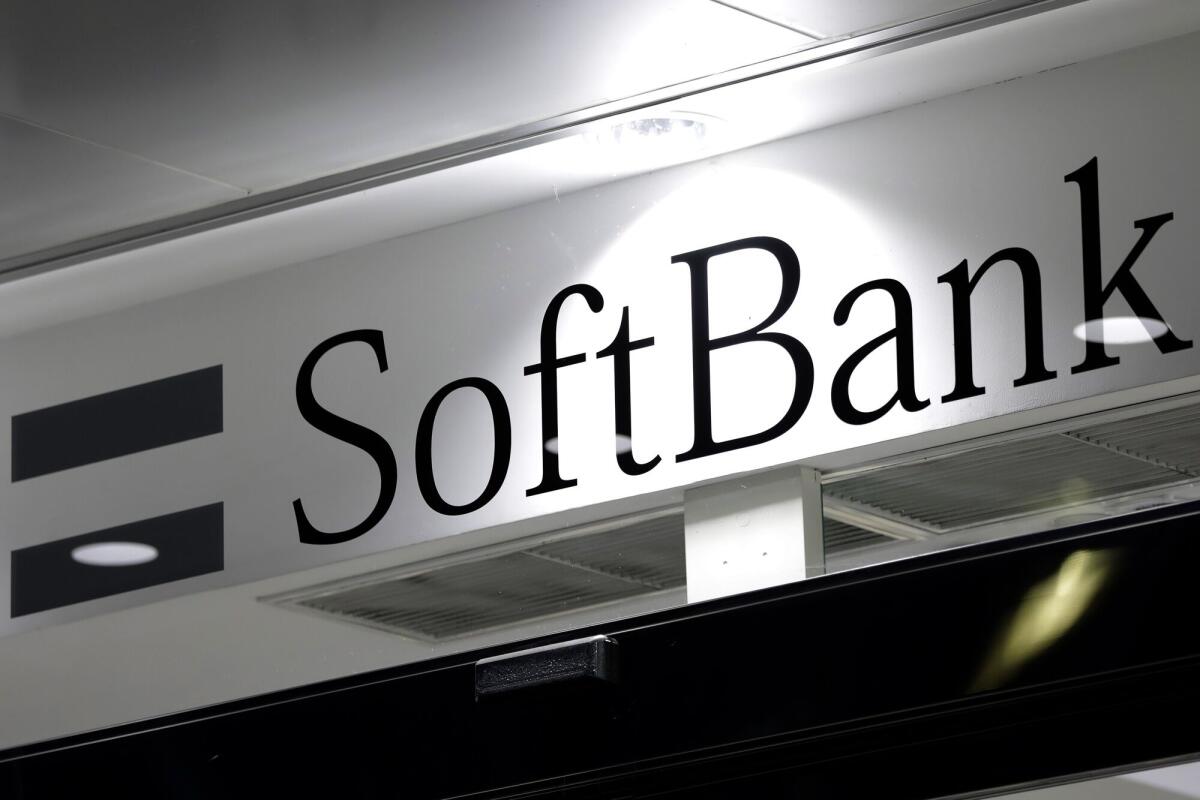SoftBank backs giant floating climate stations startup

- Share via
A startup building massive, bullet-shaped helium balloons that float in the stratosphere has raised $15 million from Japan’s SoftBank Corp. — part of an effort to monitor climate data and bring connectivity to hard-to-reach areas.
The company, called Sceye Inc., has built more than 20 of its zeppelin-like airships, stationed at a sprawling 41,600-square-foot warehouse in New Mexico. The vehicles — technically called high-altitude platform stations — are 214 feet long, almost the size of a Boeing 747’s wingspan, and are equipped with specialized cameras and radars.
Designed to hover above the earth for months at a time, Sceye’s monitoring stations can capture real-time data on wildfires, flooding and greenhouse gases. They can also provide wireless service to people on the ground during large-scale disasters.
The company’s Chief Executive Mikkel Vestergaard Frandsen said that he expected SoftBank — the telecom unit of the tech conglomerate SoftBank Group Corp. — to be an important strategic partner to the startup. “As a telephone company, it knows the limitations of towers and fiber optic cables and satellite constellations,” Frandsen said. “This is a critical area for them to come into.”
Founded in 2014, the company has notched a valuation of $580 million with the latest investment. Other backers of the company include Saudi investor Mawarid Holding Company.
Sceye (pronounced “sky”) began testing its high-tech balloons nine years ago with a much smaller prototype. Last year, the company led its first “full diurnal flight,” meaning one of its stations stayed afloat in an area for more than 24 hours — a feat Frandsen said helped prove the efficacy of its strategy to stay operational using solar power in the day and batteries at night.
With its new funding and SoftBank partnership, next year Sceye plans to fly one of its stratospheric platforms to Japan, where it will offer broadband services for a multi-week period before returning to New Mexico. The demonstration will be one of the last steps the company will take before it’s ready to sell its product commercially, Frandsen said.
SoftBank has been developing similar satellite-adjacent services since 2017, company president Junichi Miyakawa said in a statement. High-altitude platform station technology will “play a key role in expanding network area coverage” to places that are difficult to reach with existing networks, Miyakawa said, adding that the services “will also provide a means of restoring communications when large-scale disasters strike.”
Previously, Sceye has partnered with NASA and the U.S. Geological Survey to provide climate and environmental imaging.
More to Read
Inside the business of entertainment
The Wide Shot brings you news, analysis and insights on everything from streaming wars to production — and what it all means for the future.
You may occasionally receive promotional content from the Los Angeles Times.










